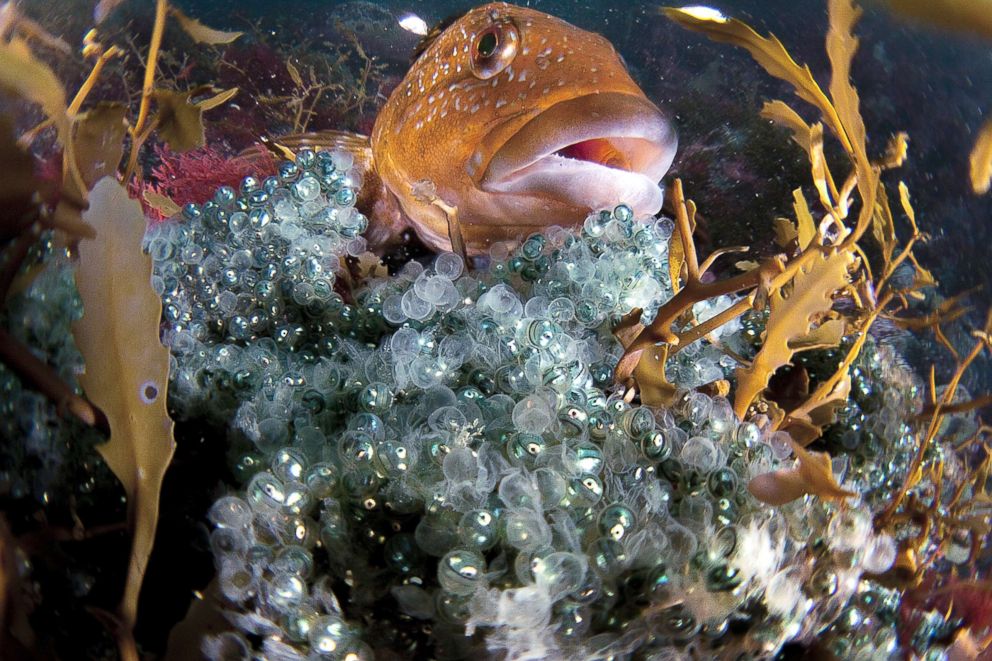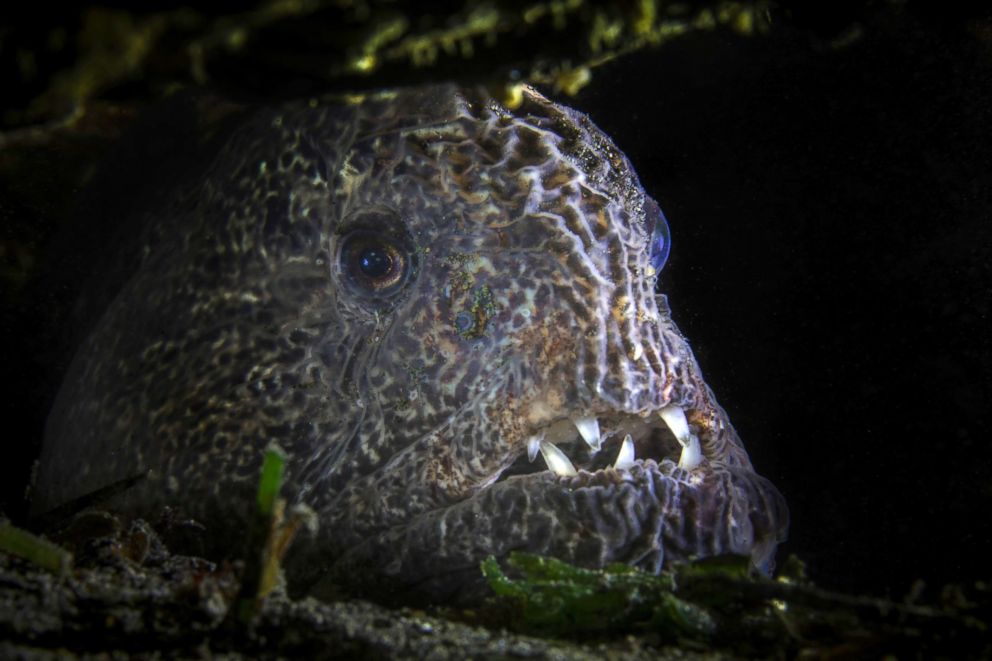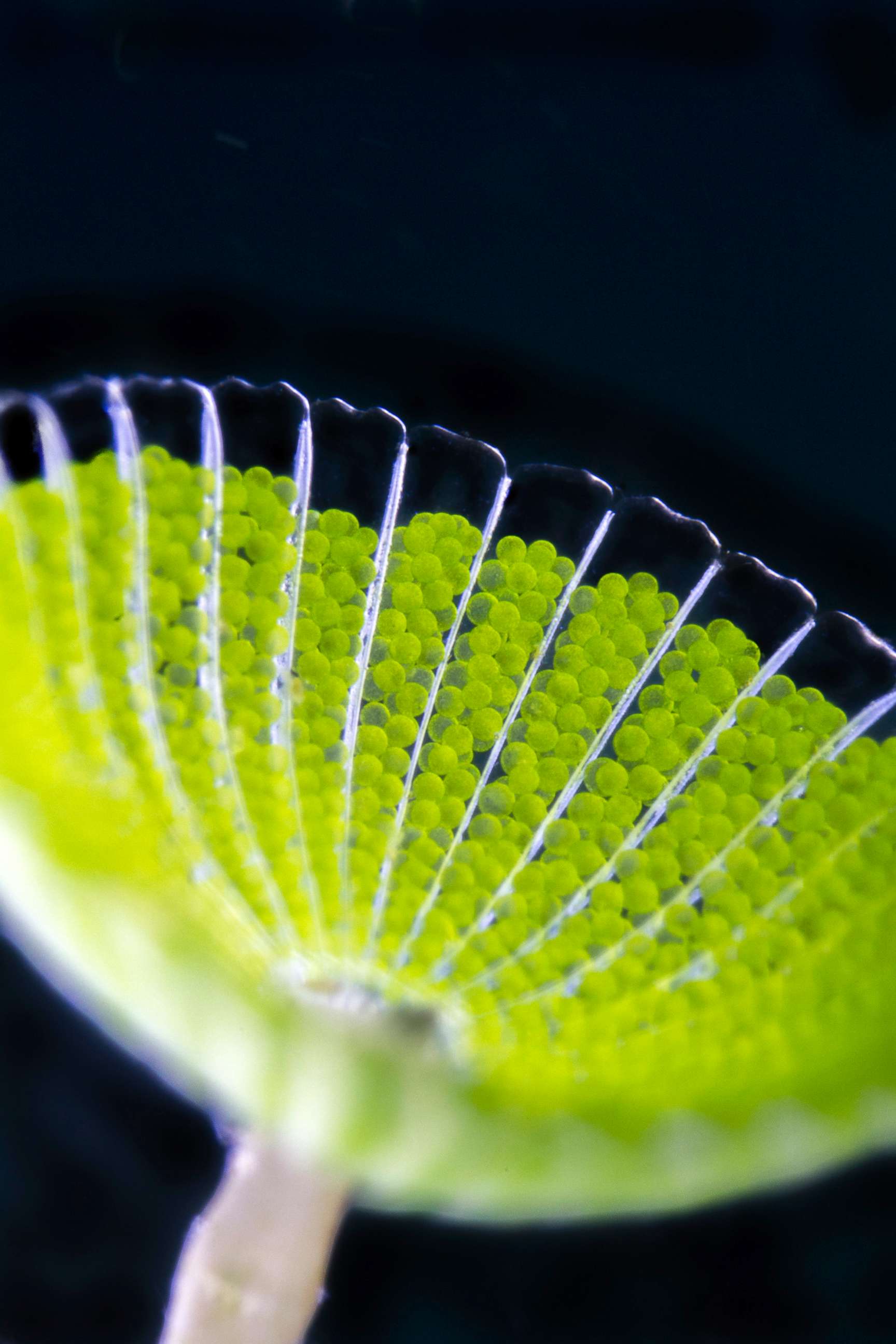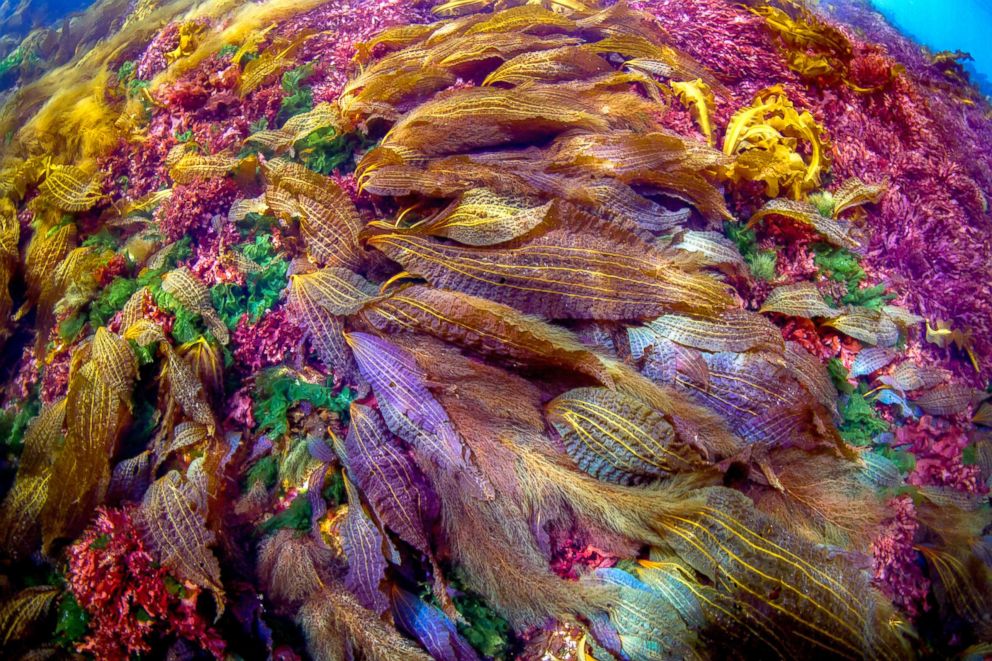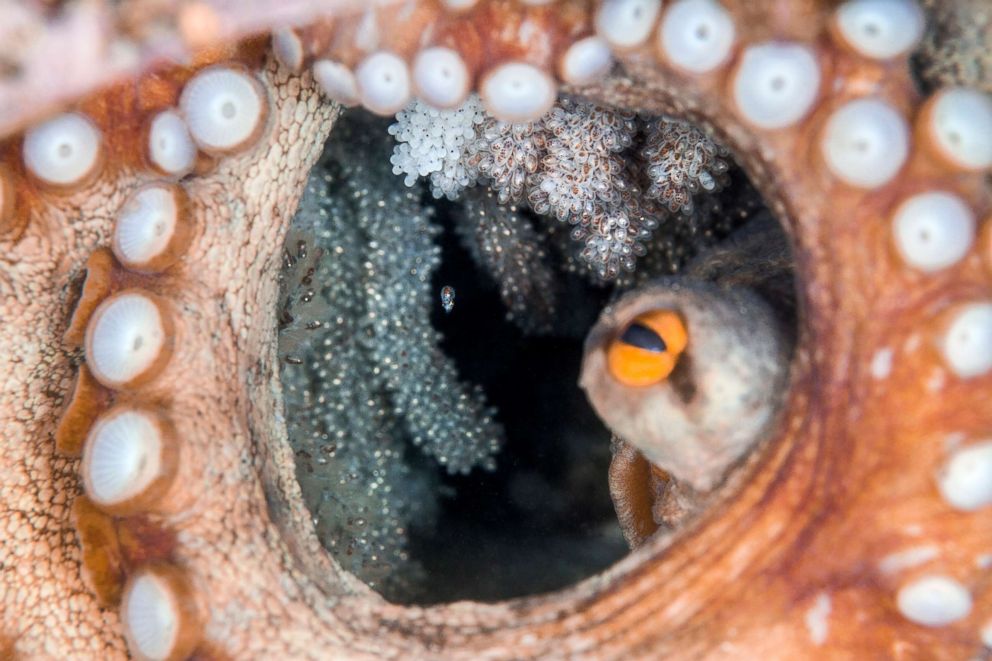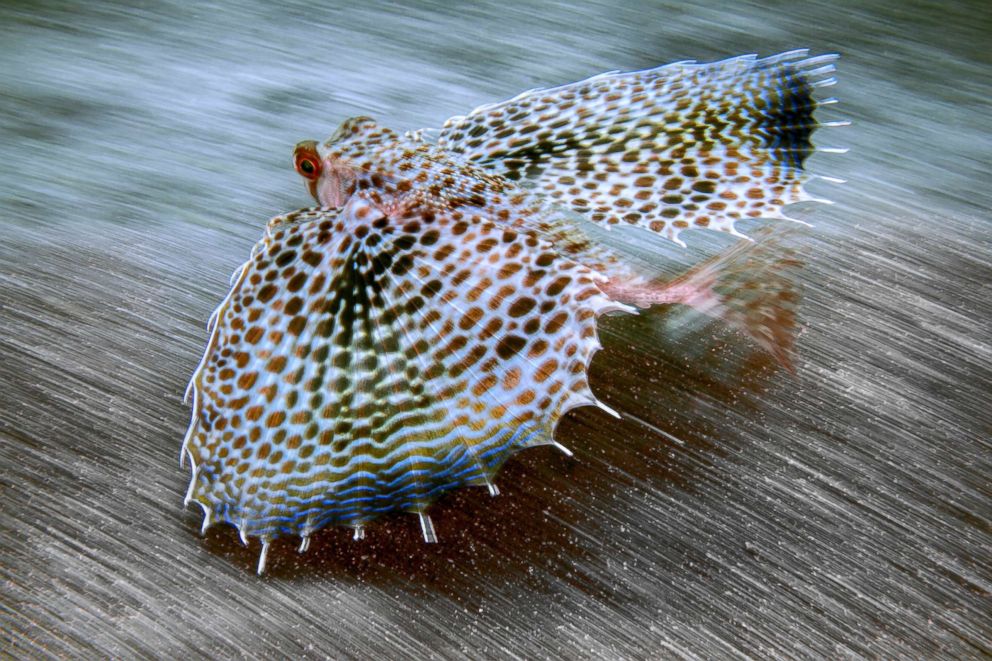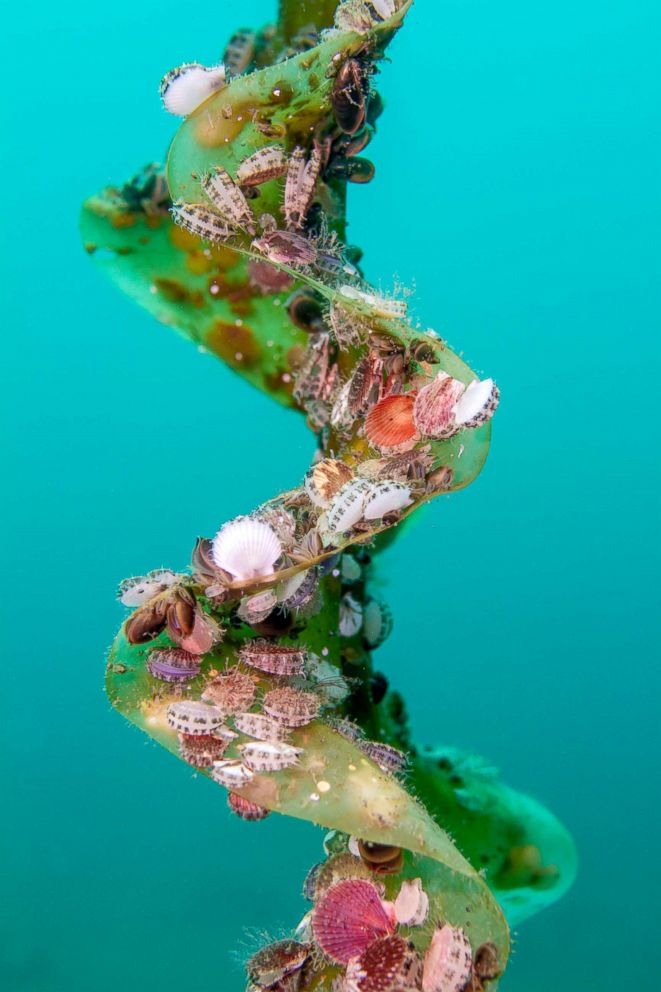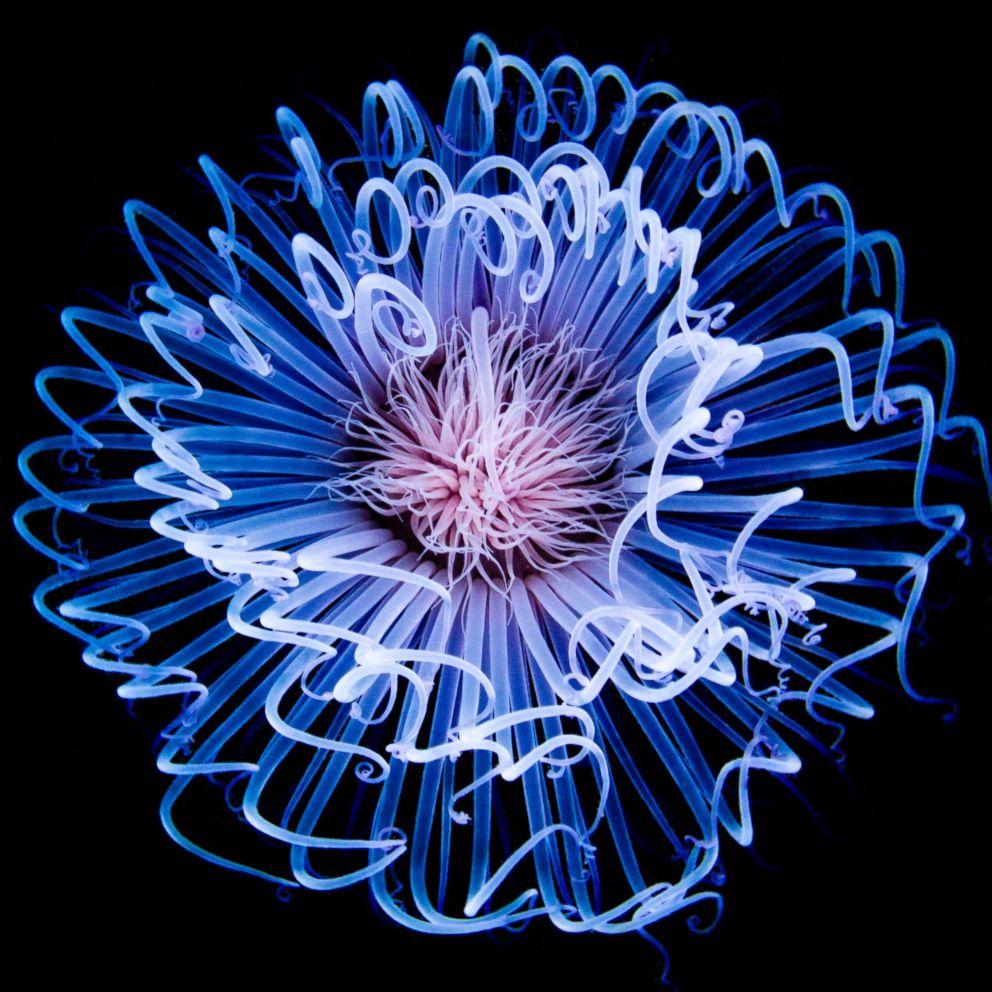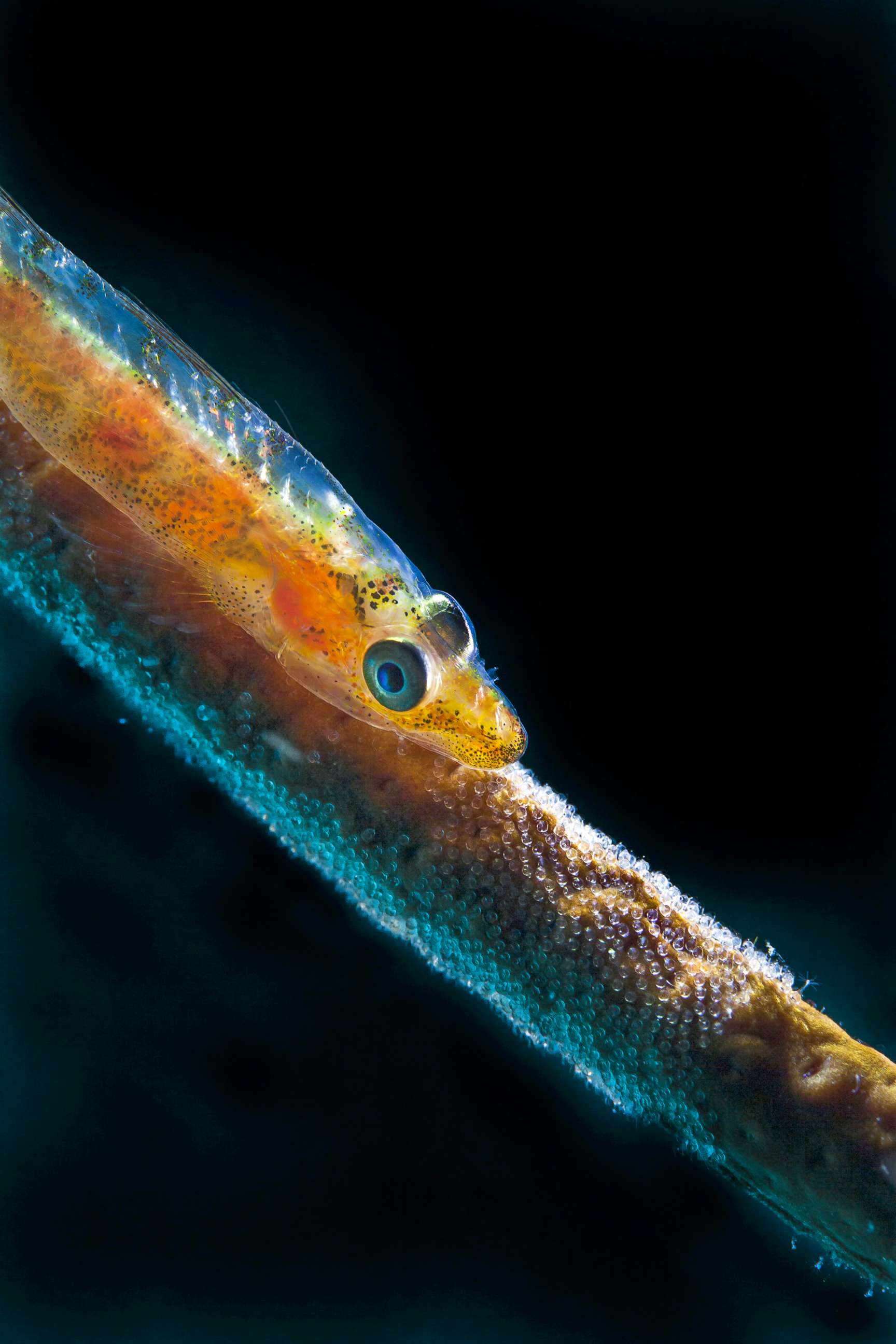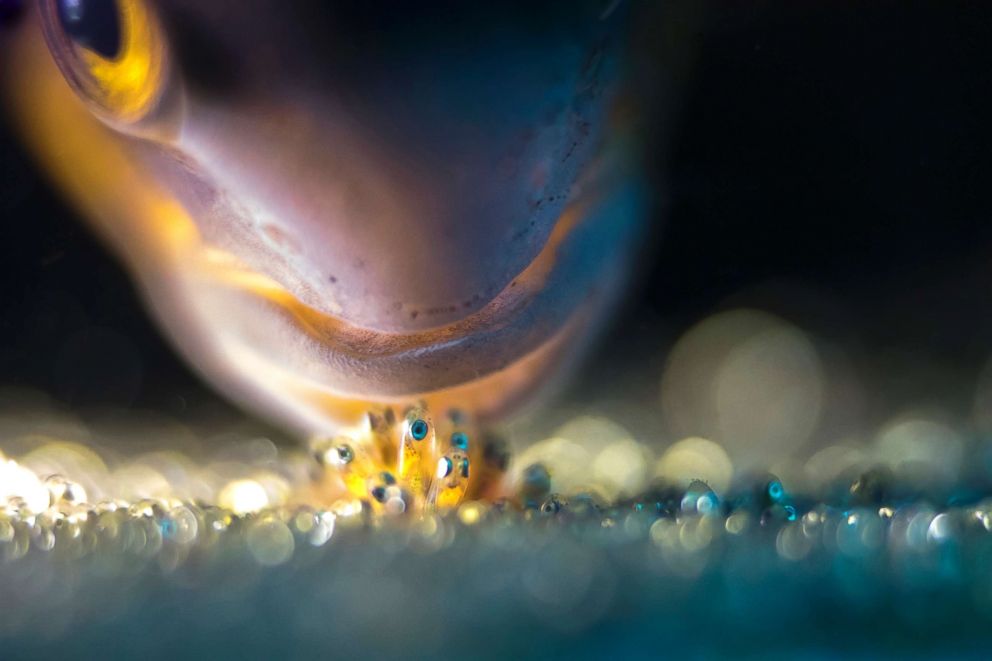Award-winning photographer captures hidden underwater gems near urban areas
Most humans never witness the sea’s thriving and diverse ecosystem.
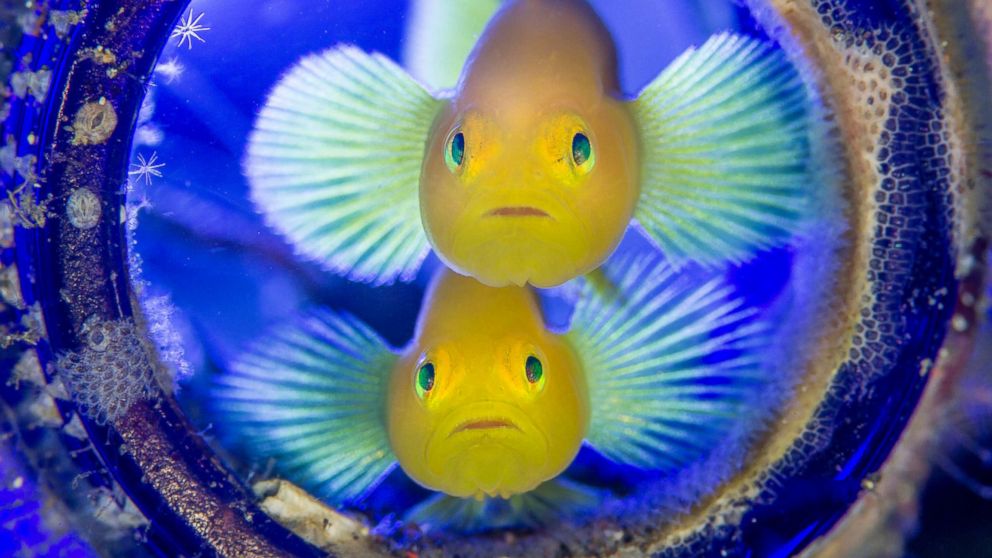
A new solo exhibition of the work of photographer - recent Grand Prize Winner Toru Kasuya of the 6th Annual Nikkei National Geographic Photo Prize - debuts in New York City next month.
"Hidden Beauty Near the Shore" highlights Kasuya's exquisite underwater photographs, which reveal that - even near urban areas - there is a thriving and diverse underwater ecosystem that most humans never witness.
“I take my photos near populous coasts," Kasuya said in a statement about the exhibition on his website. "Not many residents are aware of the bountiful life under their noses. Even fishermen, who make a living from the sea, are surprised when they look at my photos - saying that they had no idea marine creatures were living this way as they only see them out of the ocean.”
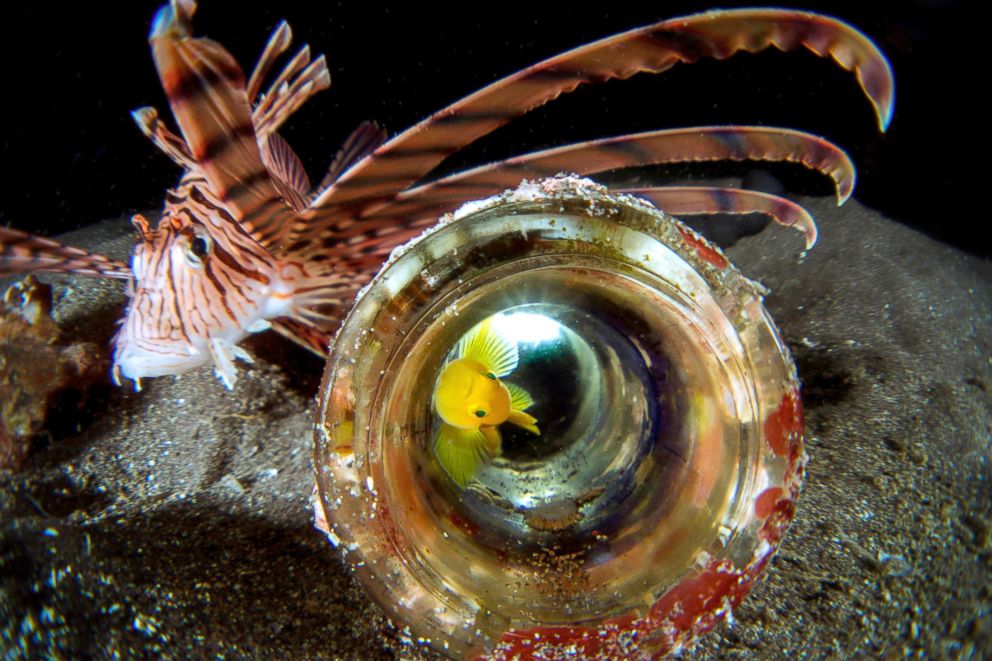
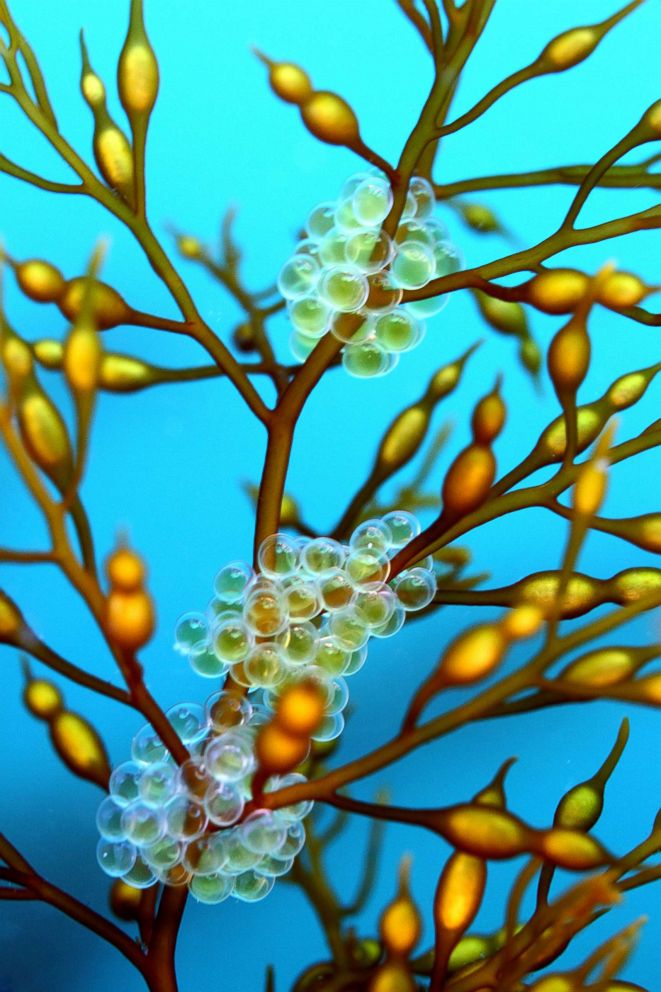
Kasuya draws inspiration from the Japanese paintings and woodblock prints of the 17th through 19th centuries, which embrace a reverence for the natural world. He said he hopes his photography embodies the spirit of art that is unique to Japan.
He said he is also drawn to the diversity and beauty of marine life and the behavior of his subjects - from a mother fish protecting her eggs to smaller fish finding sanctuary from predators inside a glass bottle thrown into the ocean by man.
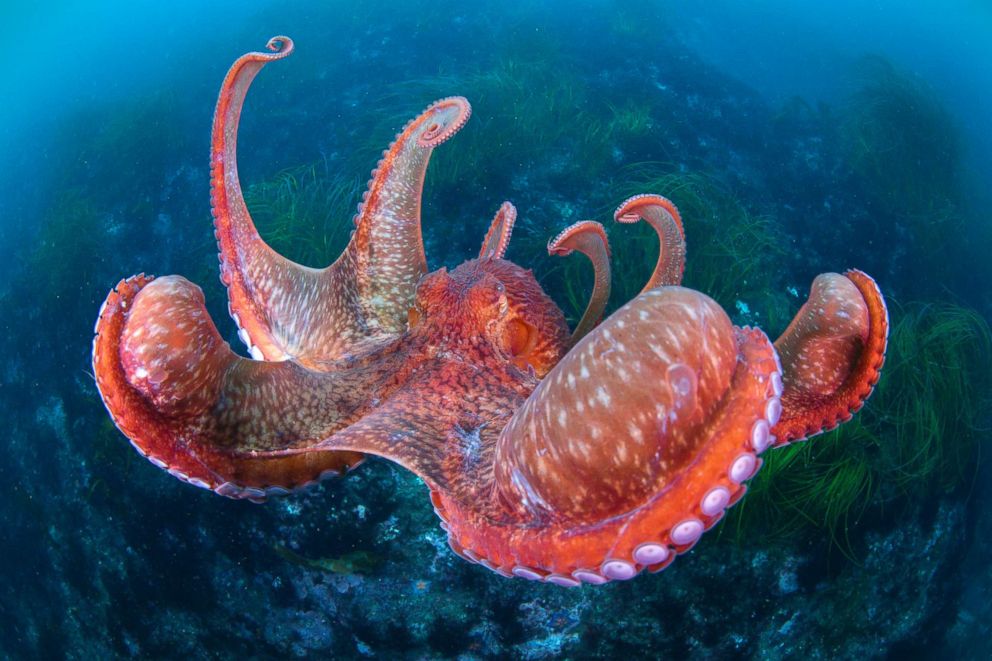
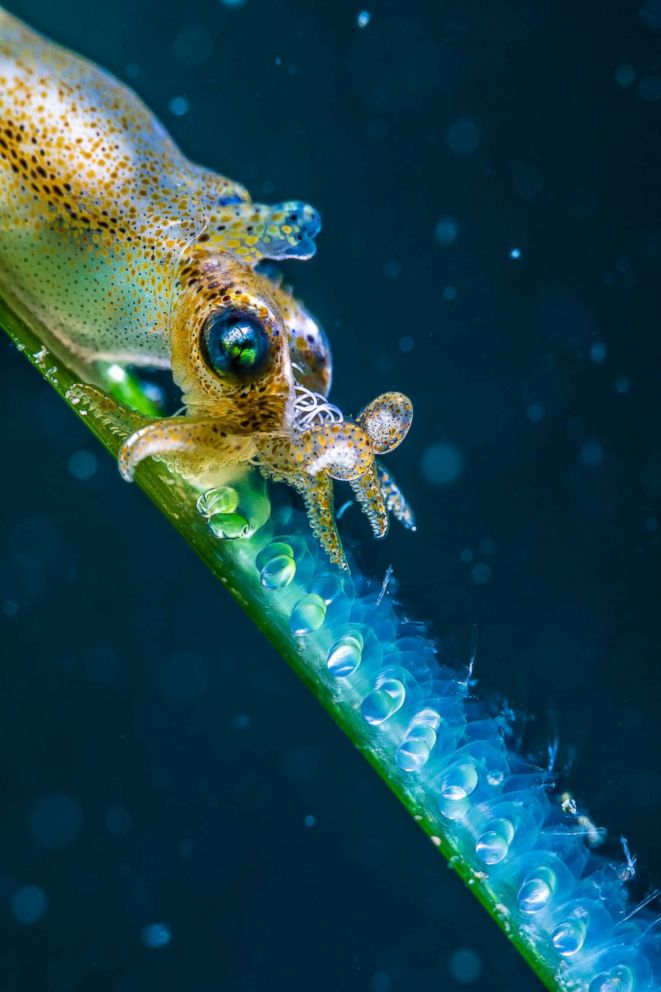
When Kasuya goes diving, he said he generally chooses what is known as a beach entry - a method where the diver enters the water from a beach or a shoreline instead of offshore from a boat. While many divers travel to far-flung, exotic southern islands or to the polar regions, Kasuya chooses to spend his time exploring the ocean right in front of him, that he has demonstrated is full of the marvels of marine life.
In an interview with ABC News, he talked about what inspires him and how he captures the amazing underwater photography featured in his new collection.
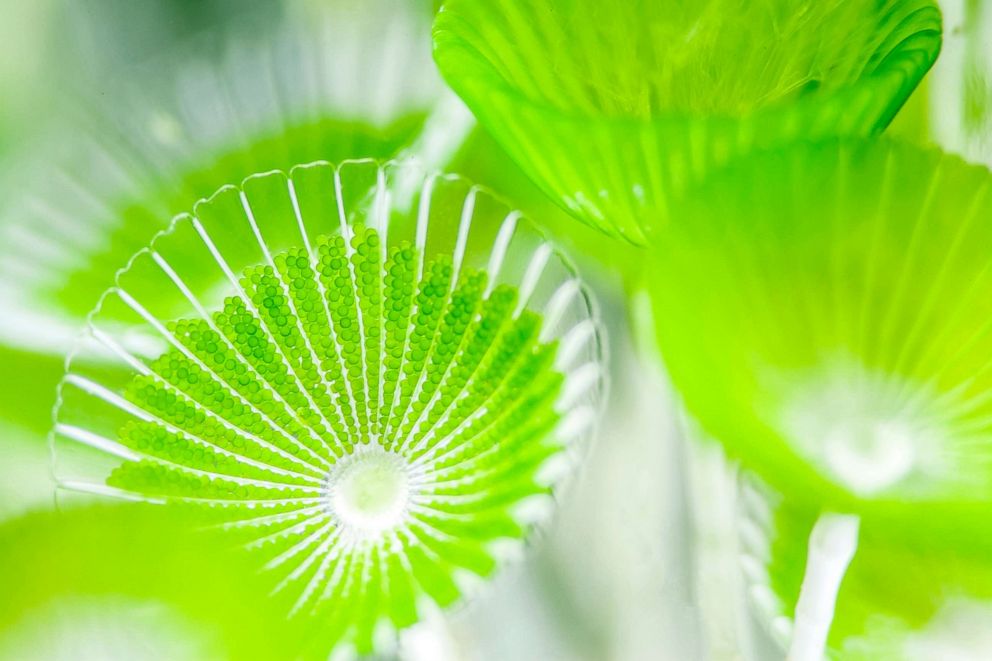
Hidden underwater beauty near urban areas
Q: I understand you just turned professional recently after 25 years working as an engineer. What made you decide to go into diving in the first place, initially as an amateur and now professionally, and how does it feel to now have the freedom to just dive?
A: I had an opportunity to take one week off from work and decided to go to a resort in the southern islands with my girlfriend, as we shared a common interest in diving. We were able to join a tour, which led to acquiring our diving licenses. This was the beginning of my diving activities, first as an amateur and now as a professional. As a professional, I now have ample time to devote to my craft, waiting for the best angles and light conditions. This is very satisfying and enriching for me.
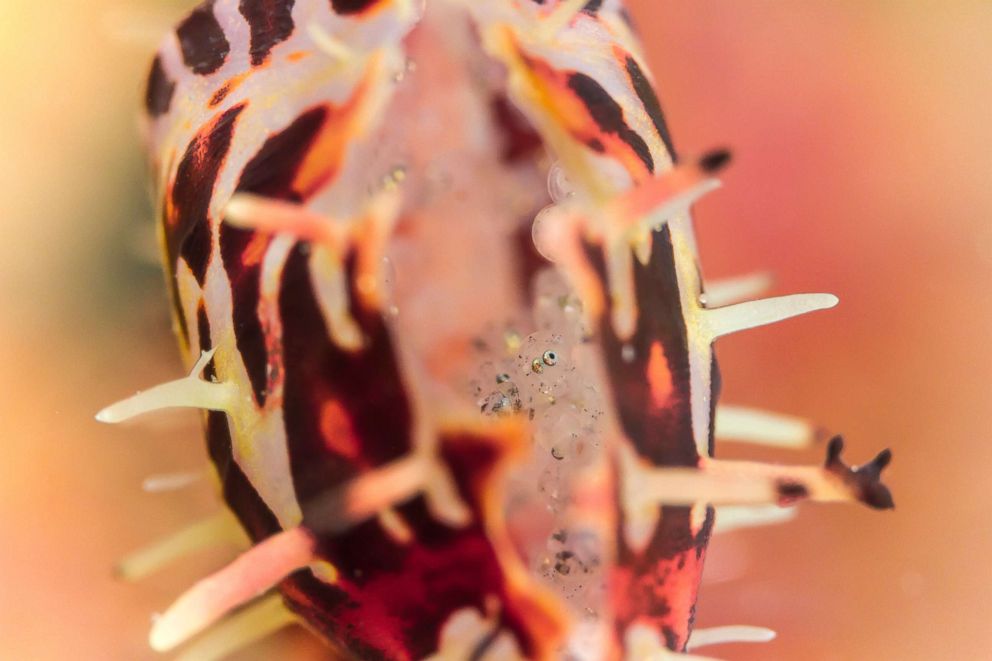
I decide my diving timing according to the ecology of the shooting target.
Q: Do you know what you are looking for before you get in the water?
A: In my experience, doing extensive research and planning for an underwater dive or trip will often determine how successful the adventure will be and what targets I will be able to see and shoot on a given day. I find underwater guides, and other sources of information for divers, indispensable.
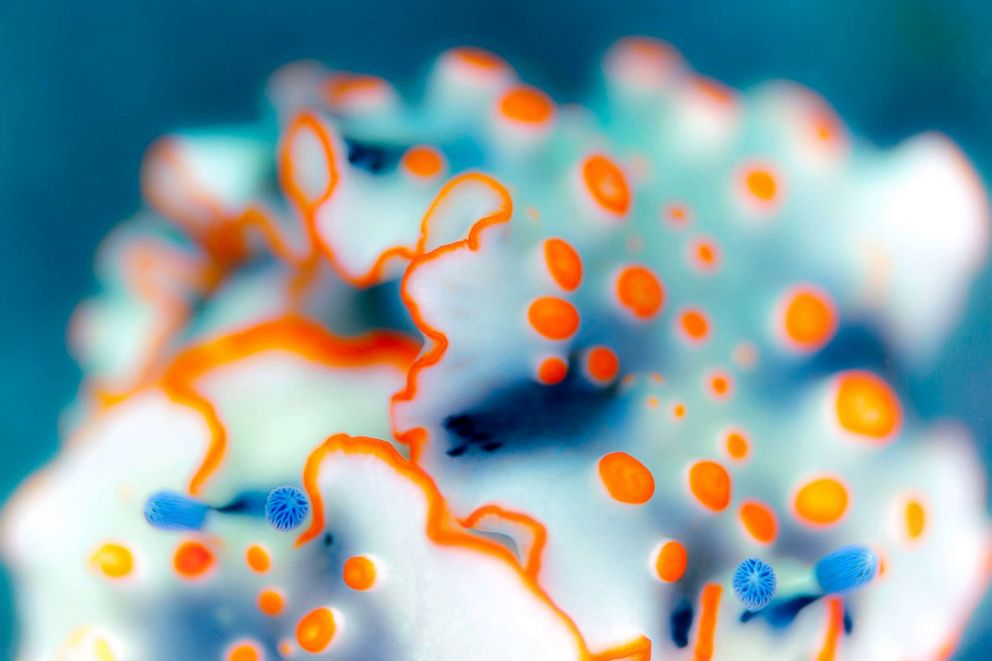
Q: Are there certain times, whether it be a time of day or specific time of month, that you like to dive?
A: Fishes usually eat in the morning when the sunlight is strong. Octopus spawn at full moon. I decide my diving timing according to the ecology of the shooting target. A cold current from the North Pole and a warm current from the equator collide at the archipelago of Japan. Its geography, with many peninsulas, further mixes the currents to form a rich, complicated ecosystem. By raising awareness of this environment through the power of photography, I hope our lives become even more enriched.
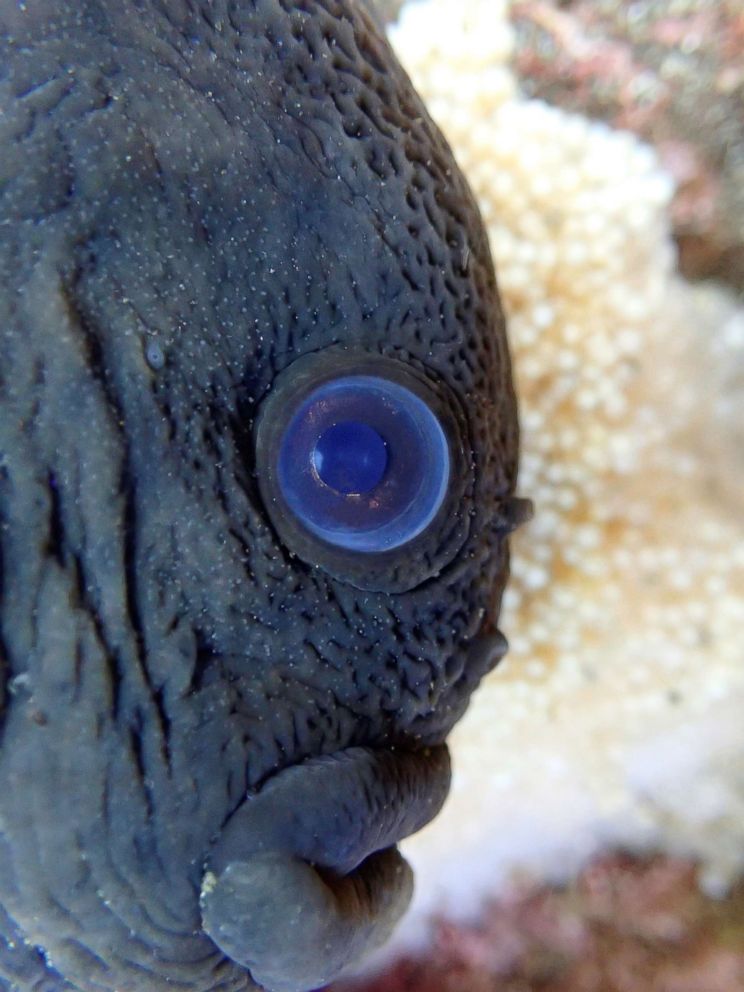
Kasuya notes that such vibrant worlds exist around the globe, including near the coastline surrounding New York City where he is excited to debut his work in New York, June 6.
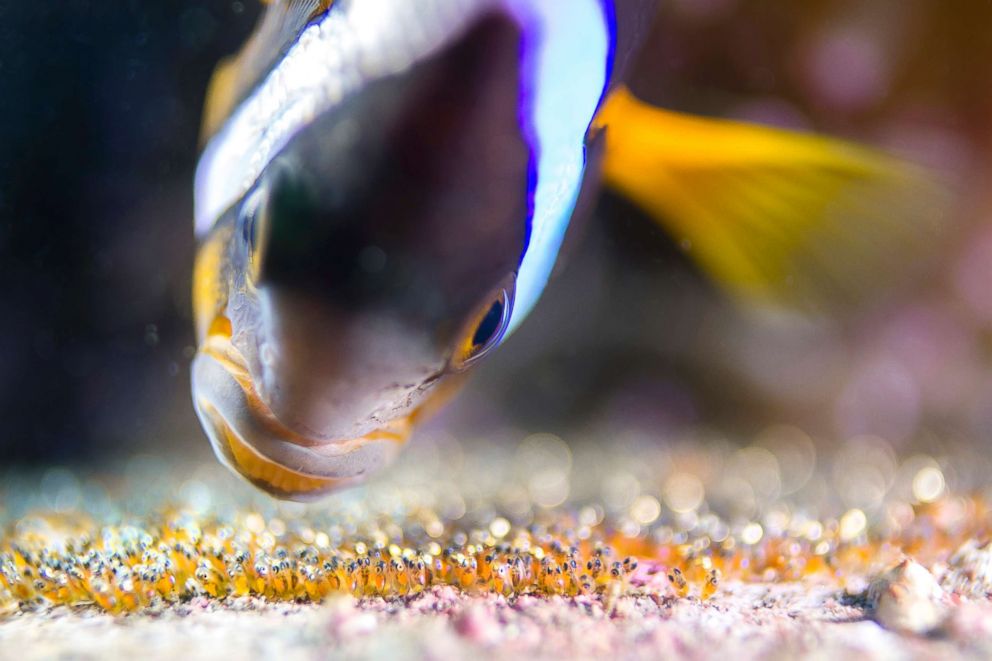
The exhibition is on view at Foto Care (41 West 22nd Street New York, NY 10010) from June 6-9, 2018 with an opening reception with the photographer on Wednesday, June 6 at 6:30 p.m.
